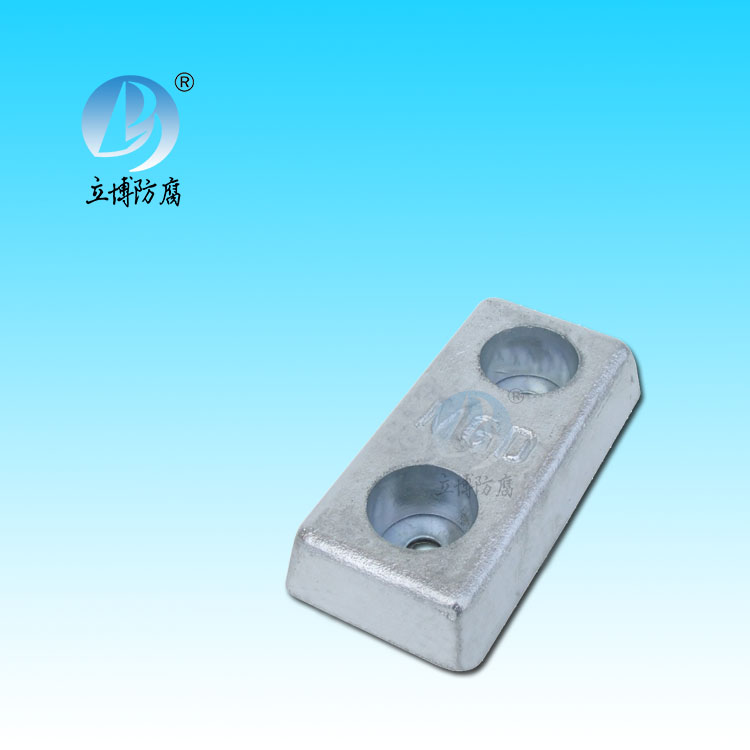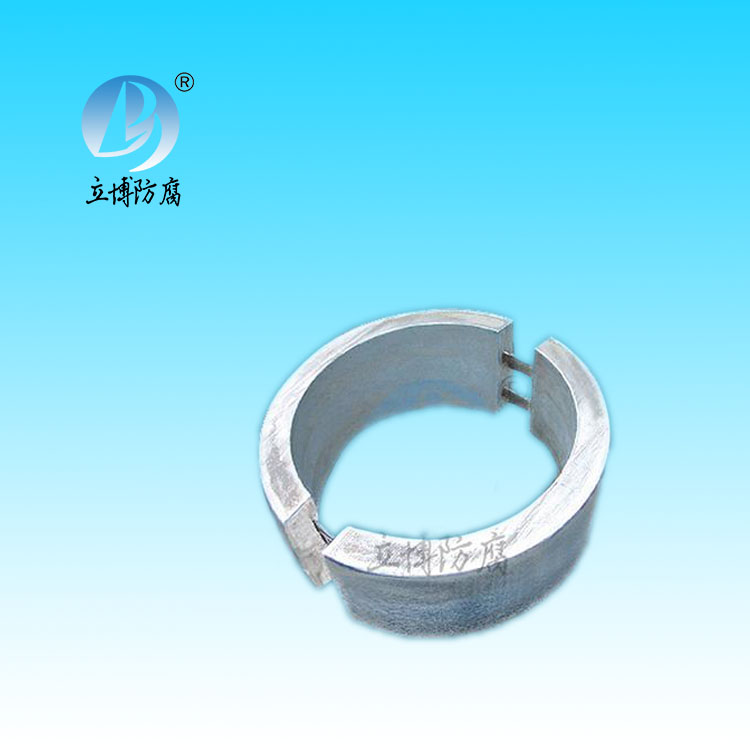News
News
- What is a sacrificial anode
- Basic requirements for reference...
- What does the reference electrode do...
- Why are zinc blocks attached to the ...
- What is the principle of impressed...
- What material does metal structure...
Contact
Phone:18739187123
hotline:0391-7588881
E-mail:970512272@qq.com
Address:Wuzhi County, Jiaozuo City, China
Company News
Basic requirements for reference electrodes
- Author:Libo
- Source:wkmeufh.cn
- Date:2021-12-13
- Click:0
The reference electrode is a reversible electrode system, which has a stable and recurrent reversible electrode potential under specified conditions. The main requirements for reference electrodes are:
(1) The electrode has good reversibility and is not easy to be polarized. This requires a very reversible reference electrode and a high exchange current density (> 10-5 a/cm2). When the current flowing through the electrode is less than 10-7A/cm2, the electrode is not polarized. Even if the current is slightly higher for a short time, the potential can quickly return to its original value after the power is cut off.
(2) The electrode potential is relatively stable, and close to zero potential, not easy to polarization or passivation. The potential of the reference electrode should be stable after several days of standing.
(3) Good potential reproducibility. The potential of the same reference electrode made by different people or different times should be the same. The potential of each reference electrode made each time should be the same after stabilization, and the difference should be less than lmV.
(4) The temperature coefficient is small, that is, the potential changes with temperature is small. And when the temperature returned to the original temperature, the potential should quickly return to the original potential.
(5) Convenient preparation, practical use and maintenance, durable. Reference electrodes that can meet the above requirements include hydrogen electrode, calomel electrode, mercurous sulfate electrode, mercury oxide electrode, silver chloride electrode, etc. Most of these electrodes are of the second type.
Application range of various reference electrodes
Pipe-to-electrolyte potential measurements can be made using a DC voltmeter with appropriate input impedance, a test wire, and a stable reference electrode, such as a saturated copper/copper sulfate reference electrode (CSE), silver/silver chloride (Ag/AgCl), or saturated potassium chloride (KCl) calomel electrode. When electrolyte is soil or fresh water, CSE is generally used, but it is not suitable for Marine water.
When the CSE is used in a high chlorine environment, the stability of the CSE must be checked before the validity of the reading can be confirmed. Silver/silver chloride electrode is usually used in seawater environment, saturated potassium chloride calomel electrode is more commonly used in laboratory. However, polyhedral polymer gelatin-saturated KCl calomel electrodes can also be used, provided that the contact area to the environment is appropriately increased.







 客服QQ
客服QQ